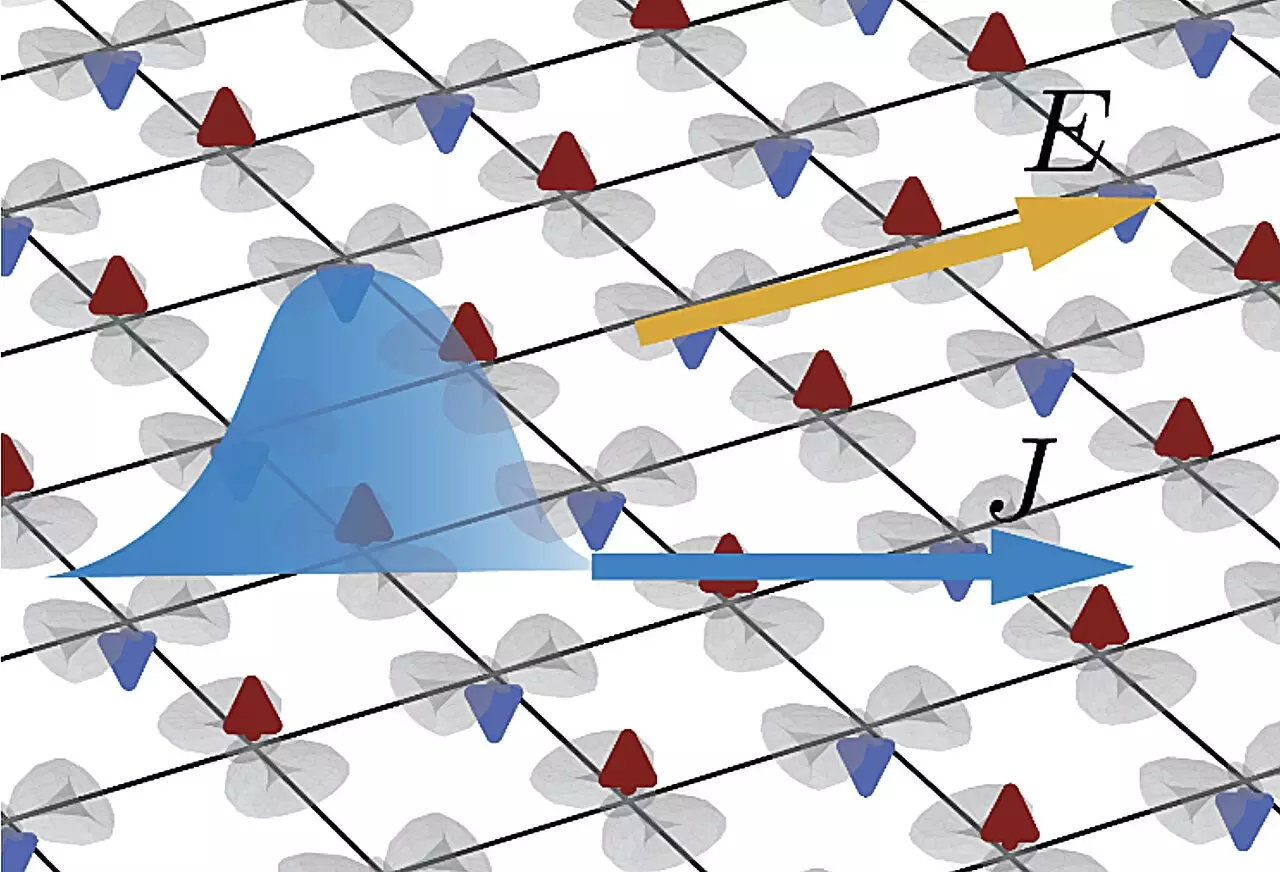In the evolving landscape of materials science, the emergence of altermagnets has captured the attention of researchers due to their distinctive magnetic properties that diverge markedly from traditional magnetic materials. Unlike standard ferromagnets and antiferromagnets, altermagnets showcase a unique form of magnetism characterized by electrons whose spin is a function of their momentum. This property positions altermagnets as leading candidates for innovations in spintronic and electronic devices, potentially revolutionizing technological applications through their unique interactions and behaviors.
The intriguing aspect of altermagnets lies not only in their special magnetic nature but also in their potential to facilitate the investigation of topological materials. Such materials are notable for their unusual electronic features, which arise from the topology of their electronic structure. This connection emphasizes the fundamental intersection of magnetism, quantum mechanics, and materials engineering, indicating that altermagnets could play a vital role in expanding our knowledge of condensed matter physics.
Recent research conducted by a team at Stony Brook University has delved deeply into the nonlinear properties of these promising materials. Their study, freshly published in the prestigious journal Physical Review Letters, elucidates how the unique quantum geometry of altermagnets contributes to their nonlinear responses. The co-author of the study, Sayed Ali Akbar Ghorashi, articulated the team’s pivotal findings: while previous experiments confirmed the role of quantum geometry in conventional PT-symmetric antiferromagnets, exploring this phenomenon in altermagnets offers new insights due to their absence of combined parity (P) and time-reversal (T) symmetry.
The team’s primary objective was to derive the nonlinear response of altermagnets while distinguishing between the contributions made by the Berry curvature and the quantum metric. This distinction is significant as it underscores the differences between conventional models and the behaviors exhibited by altermagnets. Initially, the researchers utilized semiclassical Boltzmann theory to compute various contributions to the nonlinear response. In doing so, they aimed to systematically unpack the quantum geometric origins that underpin different response orders with respect to scattering time.
The research yielded results that exceeded initial expectations, revealing unexpected nuances in the nonlinear properties of planar altermagnets linked to their quantum geometry. For instance, Ghorashi mentioned a remarkable outcome of their study: planar altermagnets demonstrate no second-order response due to inversion symmetry. This points to a groundbreaking revelation whereby third-order responses appear as the dominant nonlinear characteristic of these materials. Such a distinction may not only influence theoretical reflections on magnetism but also shape experimental approaches to understanding and manipulating these unique materials.
Furthermore, the size of the nonlinear response in altermagnets can be immense, attributable to significant spin-splitting characteristics inherent in these materials. The weak spin-orbit coupling—when contrasted with magnetic exchange interactions—further enhances their distinct transport properties. Through their extensive calculations and analyses, Ghorashi and his team have opened doors to a realm of potential applications and explorations that may drastically alter the trajectory of future research within the field.
The implications of these findings extend far beyond mere academic curiosity; they set the stage for innovative technological applications. As researchers delve deeper into the exotic properties of altermagnets, they may uncover pathways to new devices that leverage quantum geometry and resistive behavior for advanced spintronics applications. Ghorashi highlighted that future investigations will aim to transcend the relaxation time approximation, particularly by incorporating disorder effects—a promising avenue given its potential to enhance the physics observed in traditional magnetic systems.
The study of altermagnets embodies an exciting chapter in materials science, where quantum mechanics, sophisticated magnetic properties, and innovative research intertwine. This novel class of materials undoubtedly presents both academic challenges and practical opportunities, urging the scientific community to further explore the boundaries of what is possible in magnetism and its applications in modern technology. The road ahead seems promising as researchers venture into this uncharted terrain, paving the way for discoveries that could shape the future of electronic and spintronic devices.


Leave a Reply